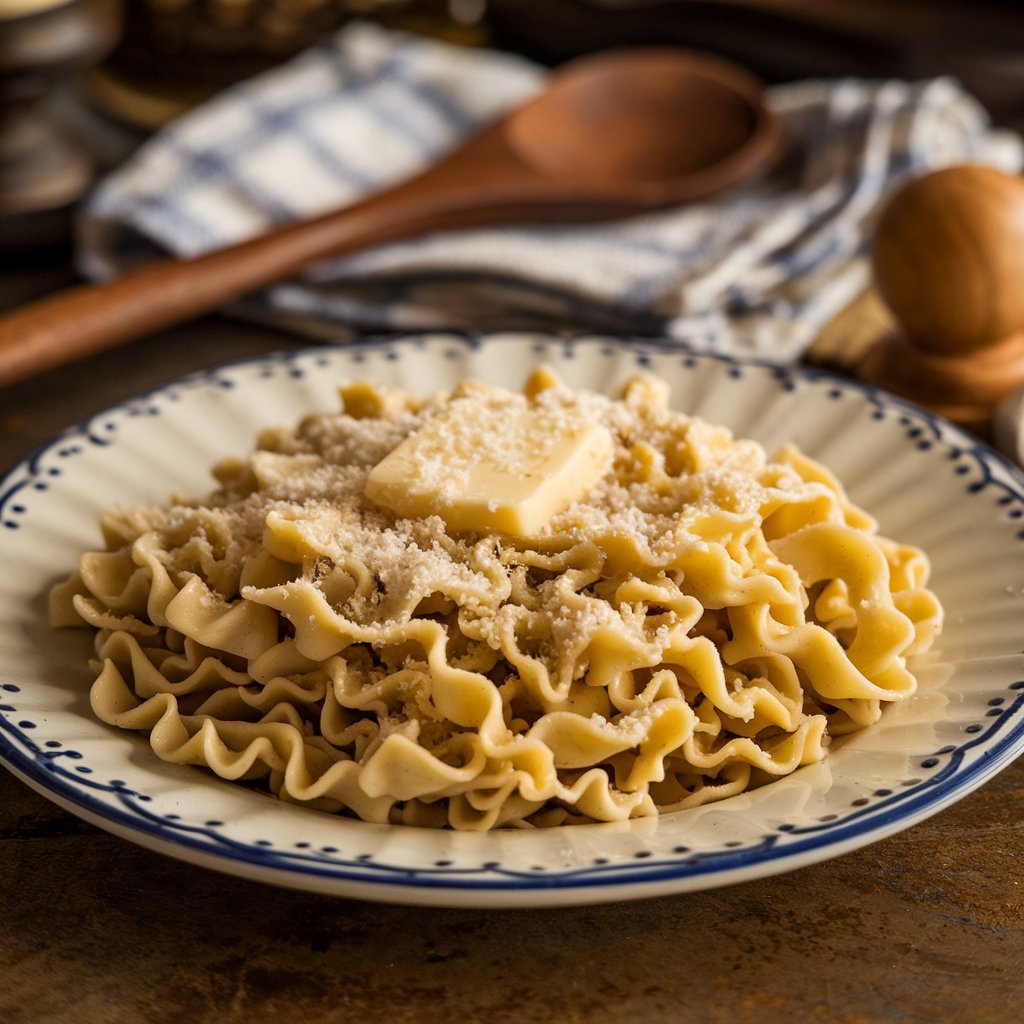Spättzle, also known as spätzle or spätzli, is a traditional Central European egg noodle dish that is enjoyed across Germany, Austria, Switzerland, and Hungary. This versatile and hearty dish is cherished for its rich flavor and satisfying texture, making it a popular choice as a side dish or even a main course. In this article, we’ll explore the history, preparation, variations, and cultural significance of spättzle, offering detailed insights that go beyond the basics.
What is Spättzle?
Spättzle is a type of egg noodle that is distinct for its irregular, dumpling-like shape. Unlike traditional pasta, which is often uniform in shape, spättzle has a unique texture that makes it a favorite in many Central European kitchens. The name “spättzle” is derived from the Swabian dialect, where it means “little sparrows” due to the shape of the noodles.
Ingredients and Preparation
The key ingredients for spättzle are simple and readily available:
- Flour: All-purpose flour is typically used, though some recipes may incorporate whole wheat or other variations.
- Eggs: Eggs are essential for binding the dough and giving the noodles their rich texture.
- Water or Milk: Used to adjust the consistency of the dough. Water is commonly used, but milk can add extra richness.
- Salt: For seasoning.
To prepare spättzle, follow these steps:
- Make the Dough: Combine flour, eggs, salt, and water or milk to create a thick batter. The consistency should be somewhat elastic but still spoonable.
- Boil Water: Bring a large pot of salted water to a boil.
- Cook the Spättzle: Use a spätzle maker or a colander with large holes to drop the batter into the boiling water. The noodles will cook quickly, usually within a few minutes.
- Drain and Serve: Once the noodles float to the surface, they are done. Drain them and serve as desired.
Variations and Serving Suggestions
Spättzle is incredibly versatile and can be served in various ways. Here are some popular variations and serving ideas:
- Käsespätzle: A beloved variation from the Swabian region, Käsespätzle involves layering the cooked spättzle with cheese and fried onions. It’s often compared to mac and cheese due to its rich and cheesy nature.
- Spättzle with Sauce: Spättzle pairs well with a variety of sauces, including mushroom gravy, beef stew, or simple brown butter.
- Spättzle as a Main Dish: In some regions, spättzle is enjoyed as a main dish, often served with vegetables or meats.
Regional and Cultural Significance
Spättzle holds a special place in Central European cuisine and culture. It is a staple in the regions of Swabia, Baden, and Allgäu in Germany, as well as in Austria and Switzerland. Each region has its unique take on spättzle, reflecting local tastes and culinary traditions.
- Germany: In Germany, spättzle is often served as a side dish with meats such as roast pork or sausages. It is also featured in festive dishes and family gatherings.
- Austria and Switzerland: In Austria and Switzerland, spättzle is frequently incorporated into hearty mountain dishes and enjoyed in alpine communities.
- Hungary: Known as nokedli in Hungary, spättzle is commonly served with stews and goulash, adding a comforting element to these rich dishes.
Health and Nutritional Information
Spättzle is a carbohydrate-rich dish due to its flour base, making it a good source of energy. However, it is also relatively high in calories and may be less suitable for those on low-carb diets. When preparing spättzle, consider using whole wheat flour or incorporating vegetables to enhance its nutritional value.
Tips for Perfect Spättzle
- Consistency Matters: Ensure the dough is neither too thick nor too runny. It should be thick enough to hold its shape but still soft enough to drop through the spätzle maker.
- Use a Spätzle Maker: A spätzle maker or colander with large holes helps achieve the traditional irregular noodle shape.
- Don’t Overcrowd: Cook the spättzle in batches to avoid overcrowding the pot, which can cause the noodles to stick together.
Frequently Asked Questions (FAQs)
1 – What is the best tool for making spättzle?
A spätzle maker or a large-holed colander is ideal for creating the traditional shape of spättzle.
2 – Can spättzle be frozen?
Yes, spättzle can be frozen. Cook it first, then freeze in airtight containers. Reheat by boiling or sautéing.
3 – What are some common sauces to serve with spättzle?
Common sauces include mushroom gravy, cheese sauce (for Käsespätzle), and beef or chicken stew.
4 – Is spättzle gluten-free?
Traditional spättzle contains gluten due to the flour. However, you can use gluten-free flour to make a gluten-free version.
5 – How long does it take to cook spättzle?
Spättzle typically cooks in 2-4 minutes. They are done when they float to the surface of the boiling water.
6 – Can I make spättzle without eggs?
Eggs are essential for the texture of traditional spättzle. However, there are egg-free recipes using substitutes like applesauce or mashed potatoes.
Conclusion
Spättzle is a traditional Central European egg noodle dish known for its irregular, dumpling-like shape. Made from flour, eggs, and water or milk, it’s a versatile side or main dish often paired with meats, sauces, or cheese. Popular in Germany, Austria, Switzerland, and Hungary, spättzle is enjoyed in various forms, such as Käsespätzle (spättzle with cheese) and with hearty sauces. It’s typically prepared by dropping the dough into boiling water and is loved for its rich texture and comforting flavor.



